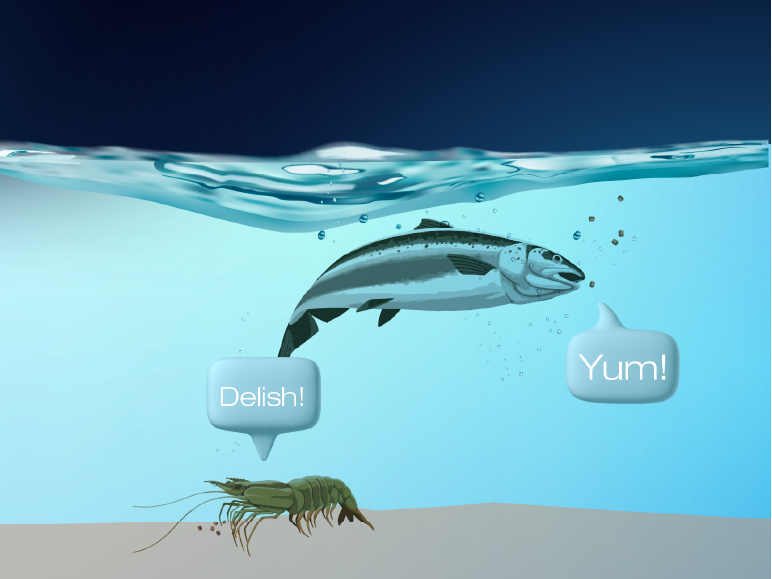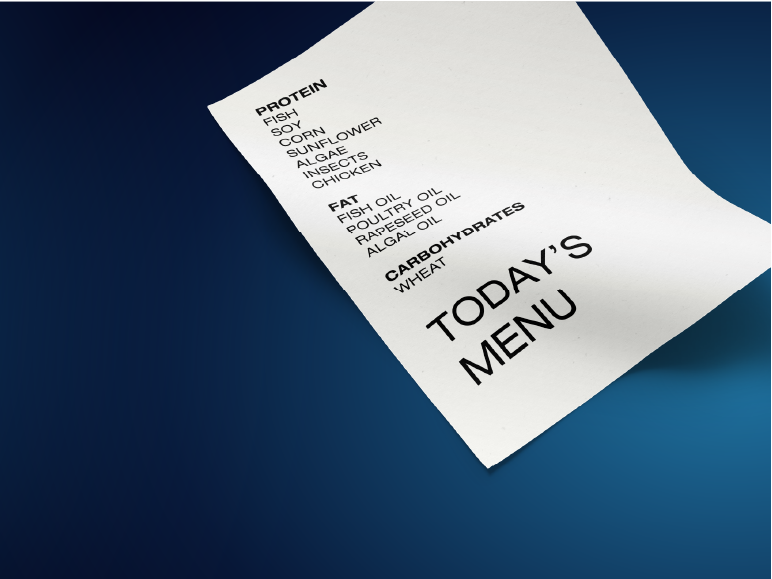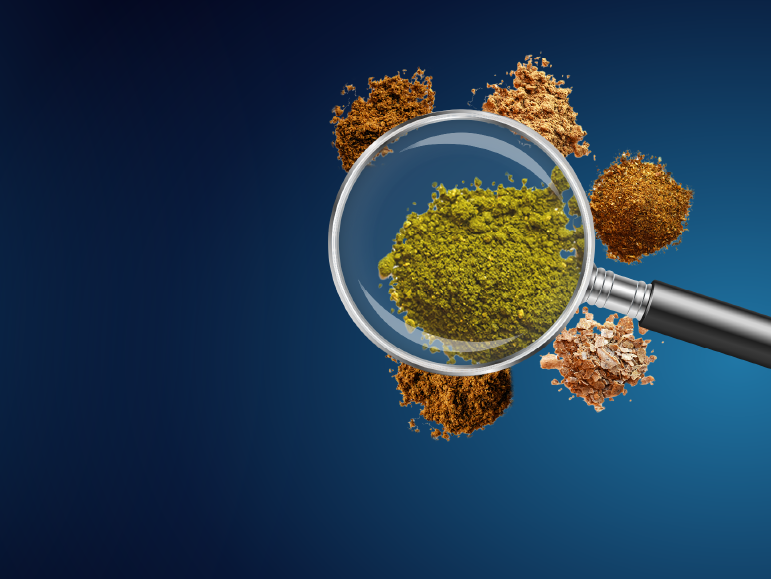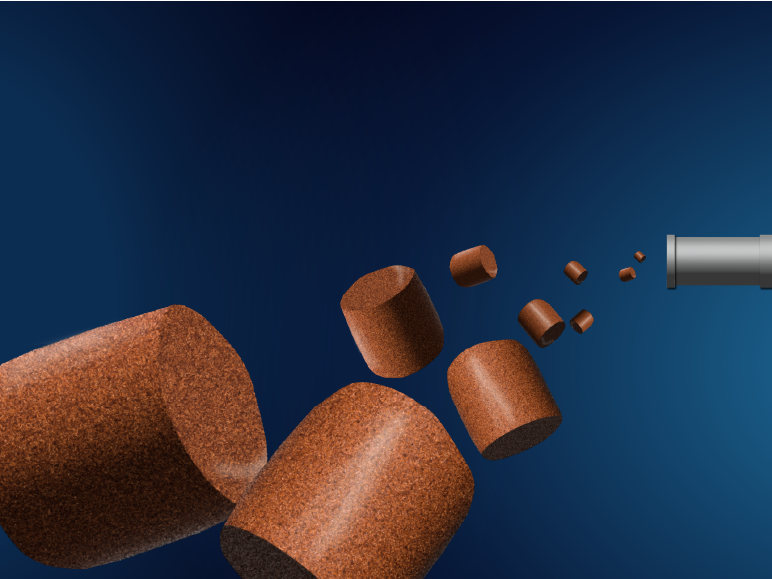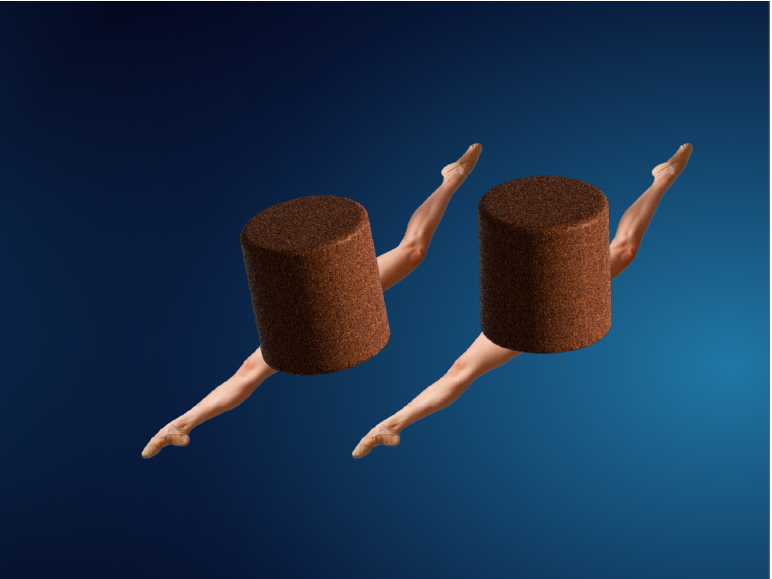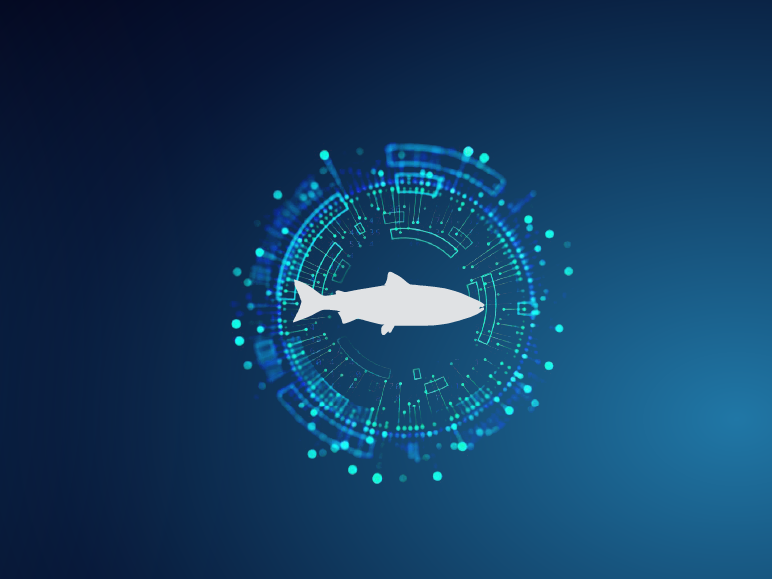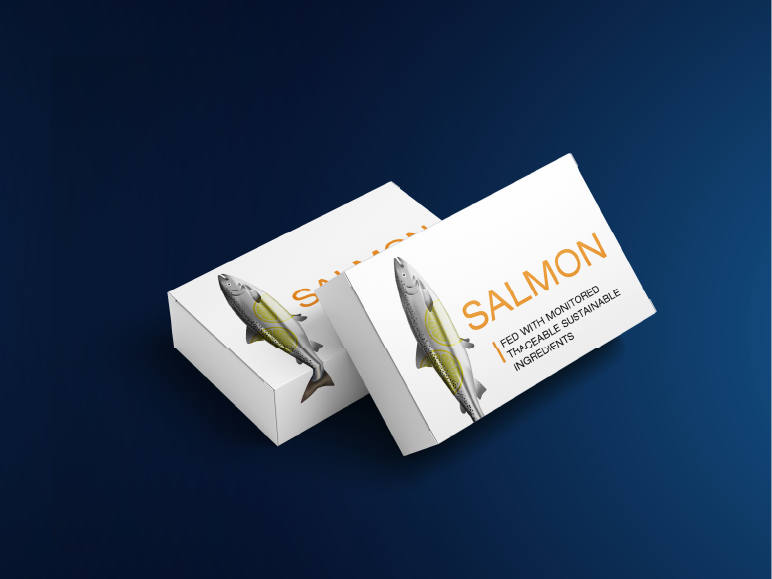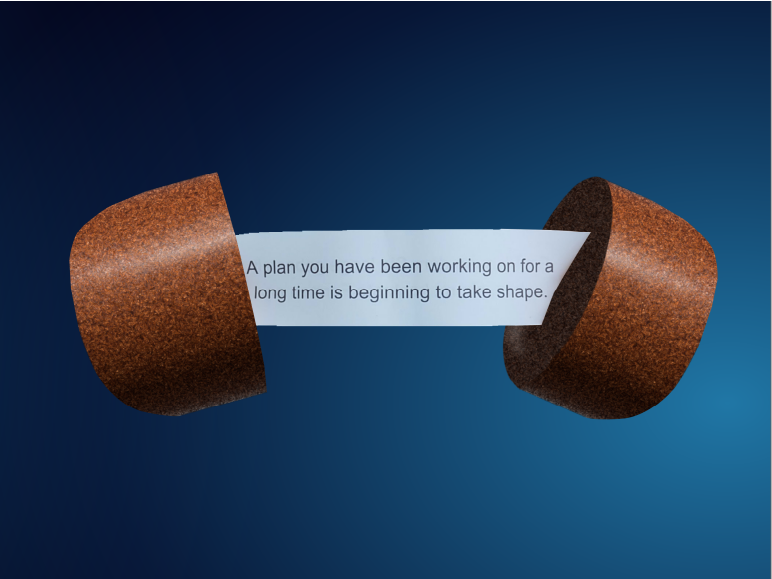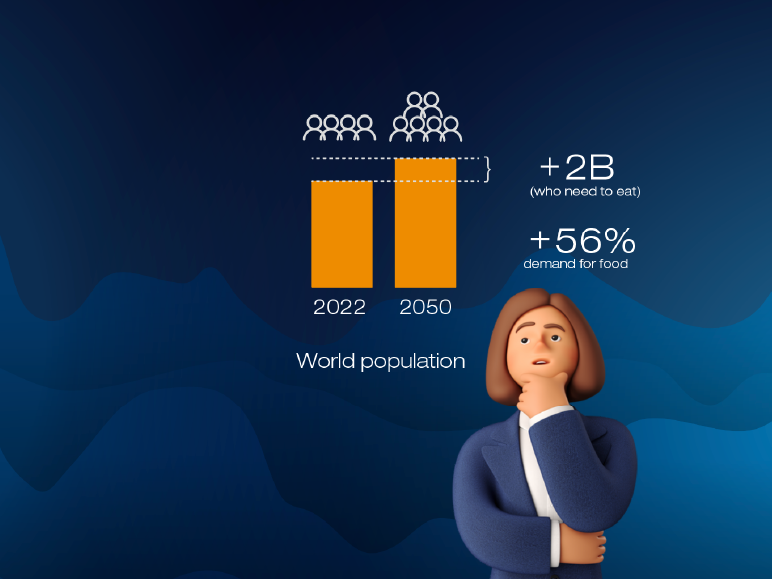
Pellets must perform in the water
Well balanced, nutritious, healthy: the food requirements of fish and shrimp are the same as they are for people. In fact, we use a lot of the same equipment to make our aquaculture feeds as are used to make human feed food. The biggest difference? Our feed has the added complexity of being submerged in water, meaning it has to be robust enough to handle feeding systems, while remaining palatable so the fish and shrimp want to eat it! A difficult balance, but one we have mastered with world leading feed technology.
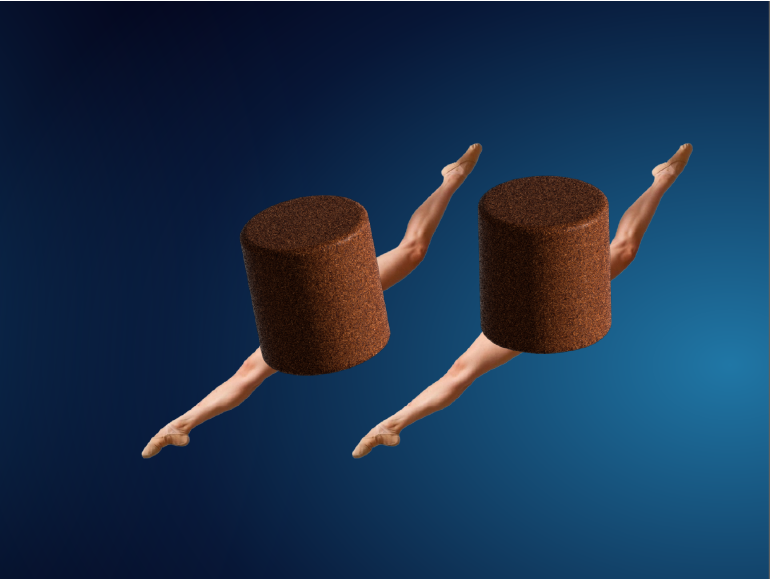
Aside from having to pack a nutritional punch and be appealing to eat, AND produced using technology matched to the farming system, the pellet itself has to have very specific physical characteristics.
It needs to:
- hold it's shape
- not be dusty
- not be oily
- be digestible
- not leak nutrients
- and sometimes also ensure the faeces stays together out the other end!
Did you know? Aquaculture feed production is a highly advanced process and many steps overlap with technology used in human food production – in fact, it’s even harder because our products have to perform under water!
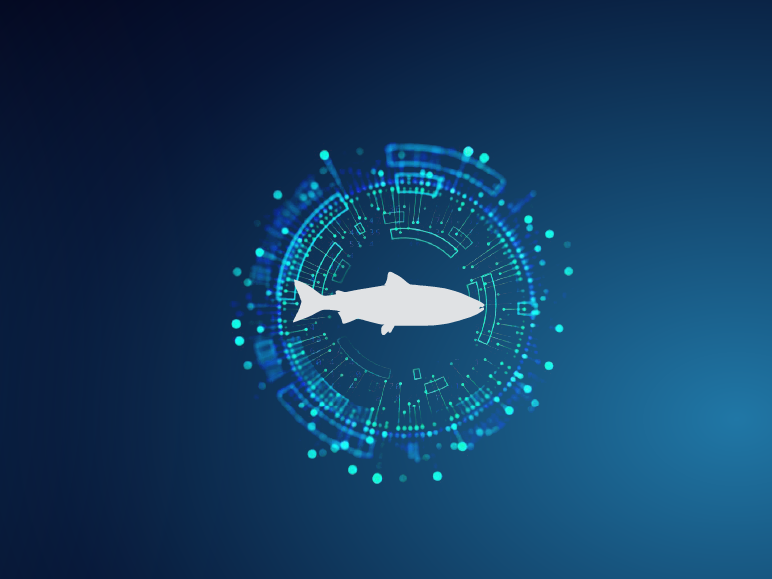
Next: Keeping fish and shrimp fit and healthy
Securing fish and shrimp health contributes to a more sustainable global aquaculture. One of our central objectives is to develop and deliver feed and services that enable aquaculture farmers globally to increase their productivity – doing more, with less.

